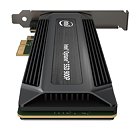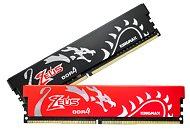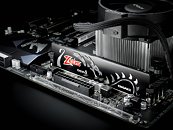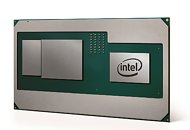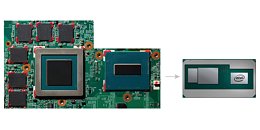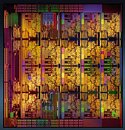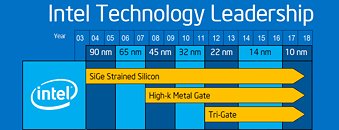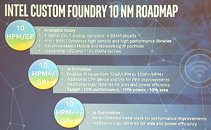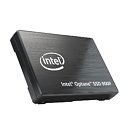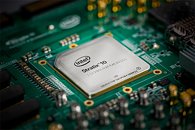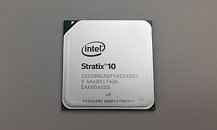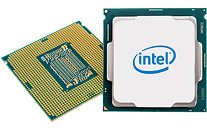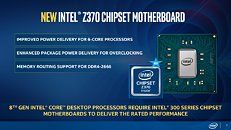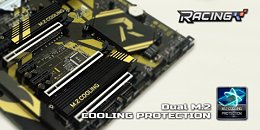China Pulls Ahead of U.S. in Latest TOP500 List
The fiftieth TOP500 list of the fastest supercomputers in the world has China overtaking the US in the total number of ranked systems by a margin of 202 to 143. It is the largest number of supercomputers China has ever claimed on the TOP500 ranking, with the US presence shrinking to its lowest level since the list's inception 25 years ago.
Just six months ago, the US led with 169 systems, with China coming in at 160. Despite the reversal of fortunes, the 143 systems claimed by the US gives them a solid second place finish, with Japan in third place with 35, followed by Germany with 20, France with 18, and the UK with 15.
Just six months ago, the US led with 169 systems, with China coming in at 160. Despite the reversal of fortunes, the 143 systems claimed by the US gives them a solid second place finish, with Japan in third place with 35, followed by Germany with 20, France with 18, and the UK with 15.



